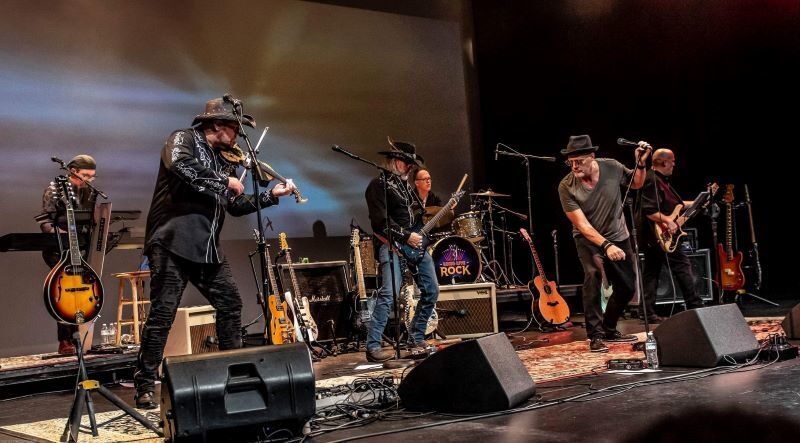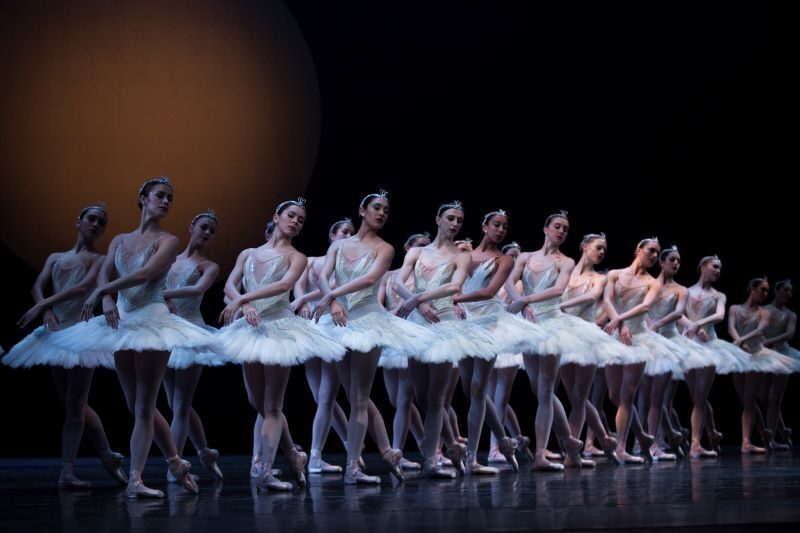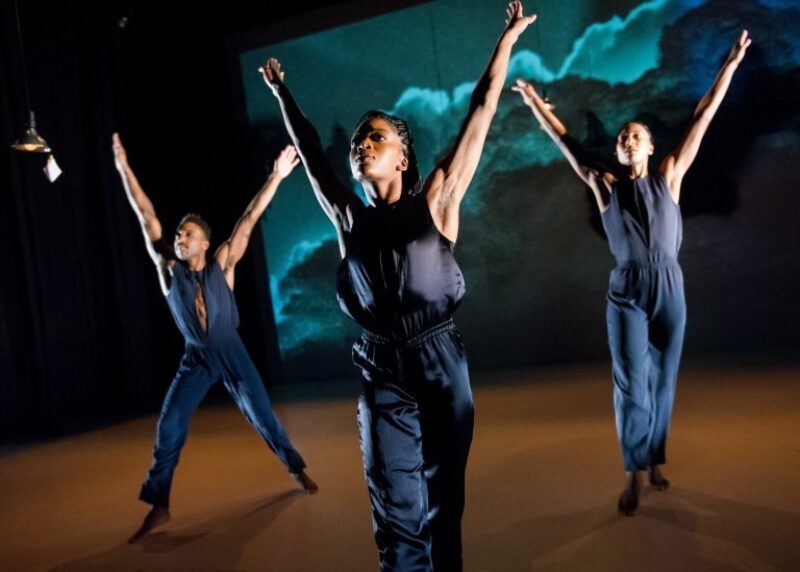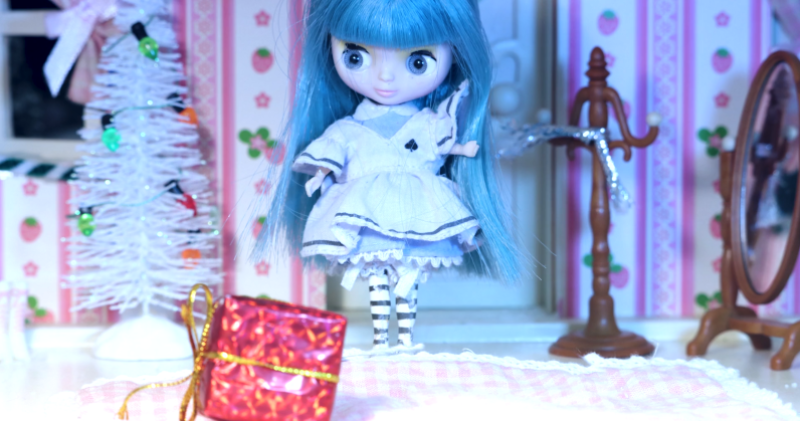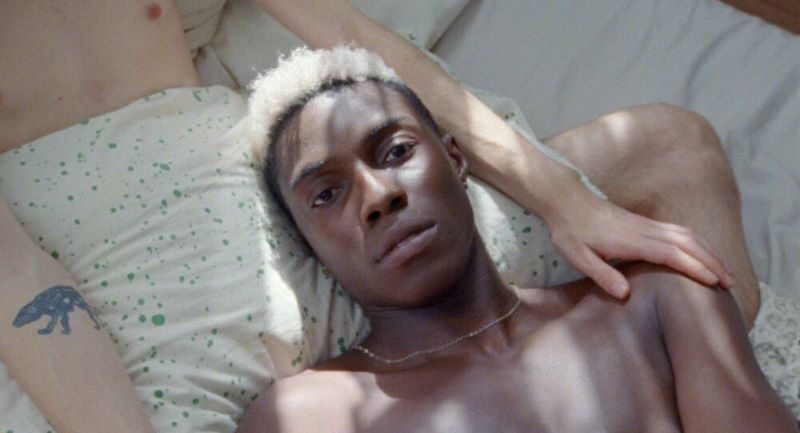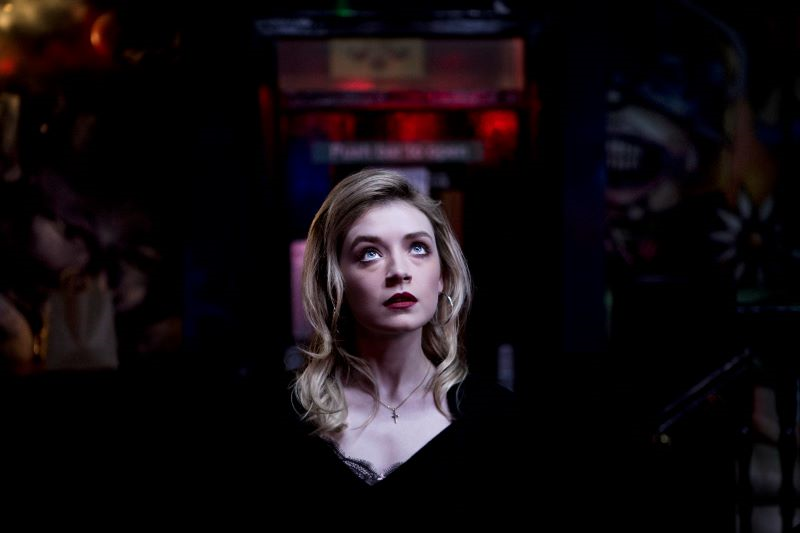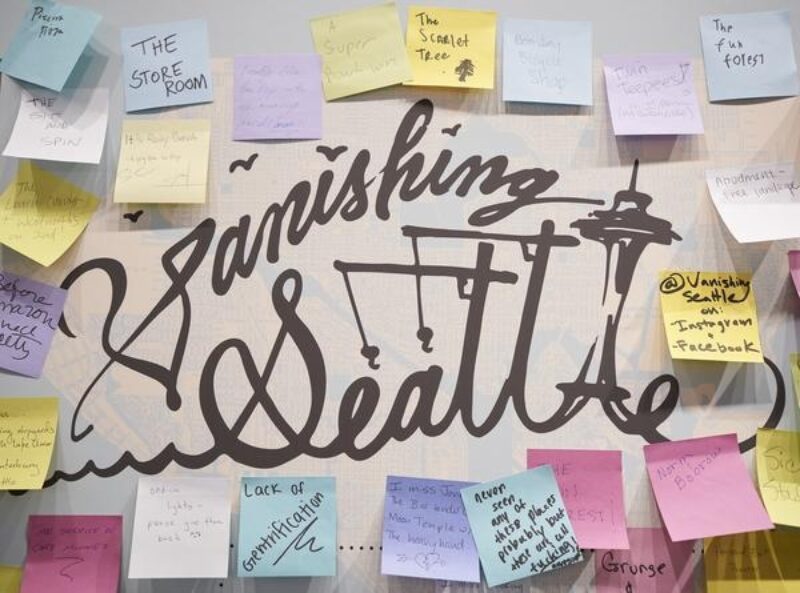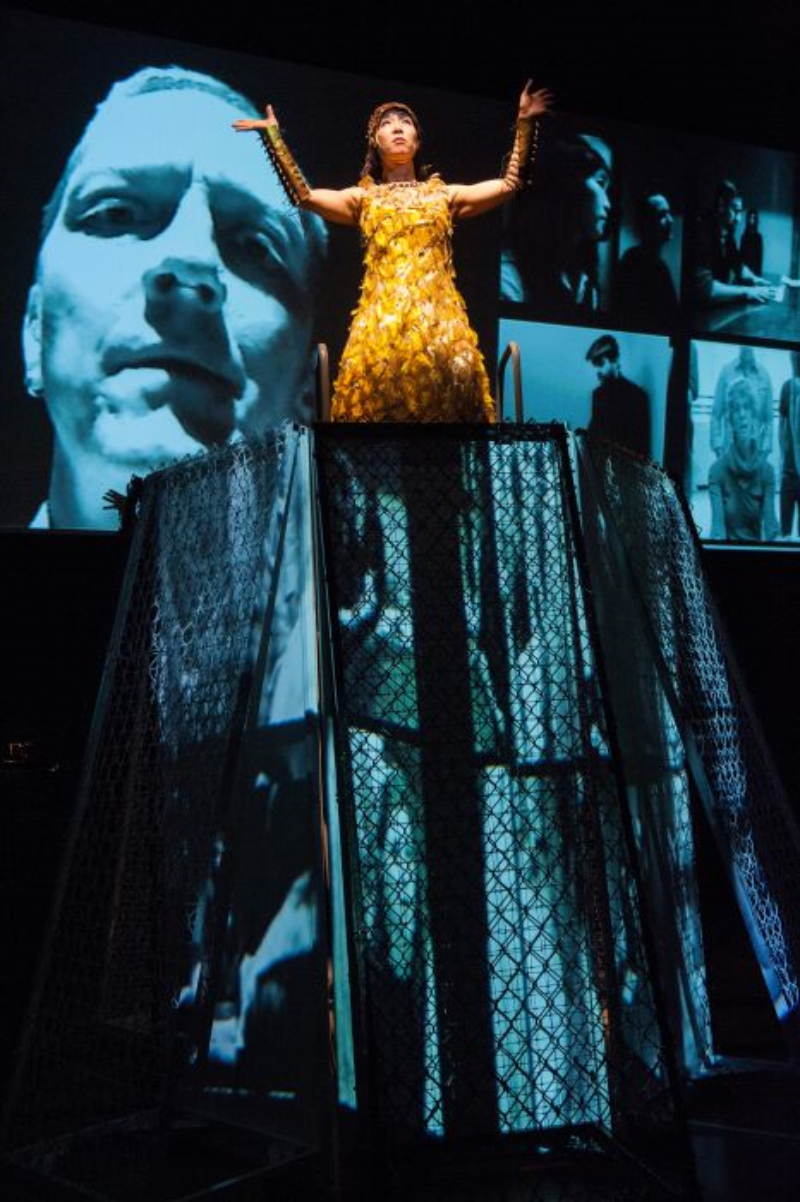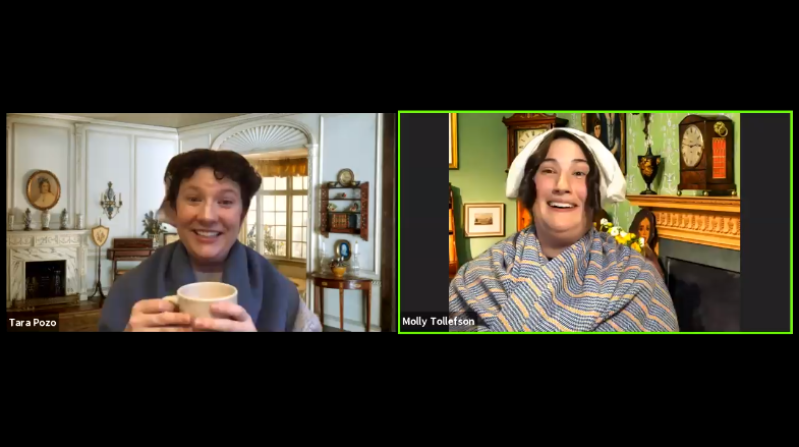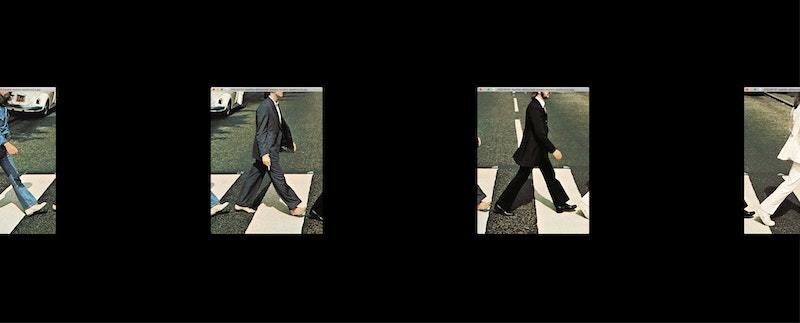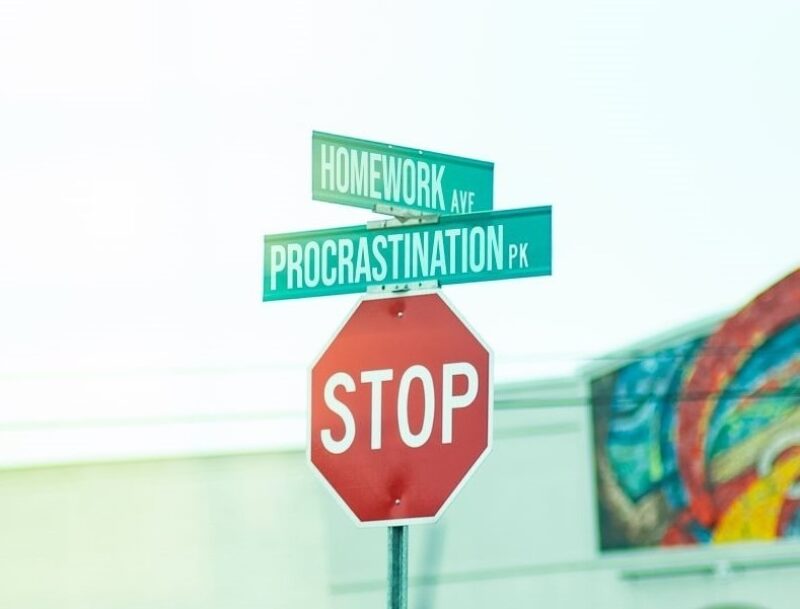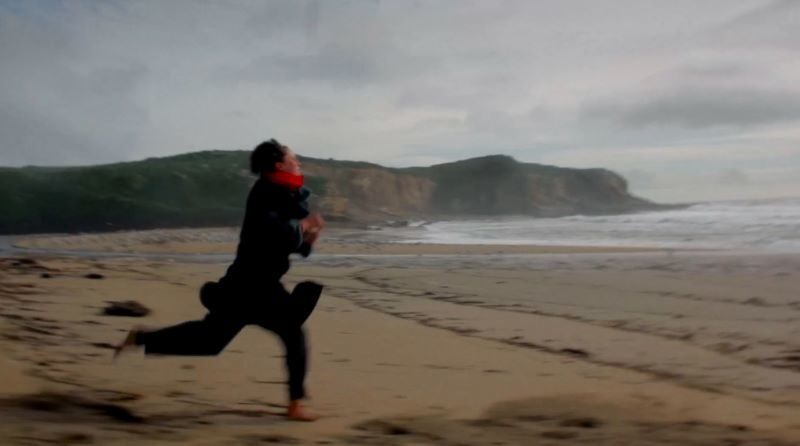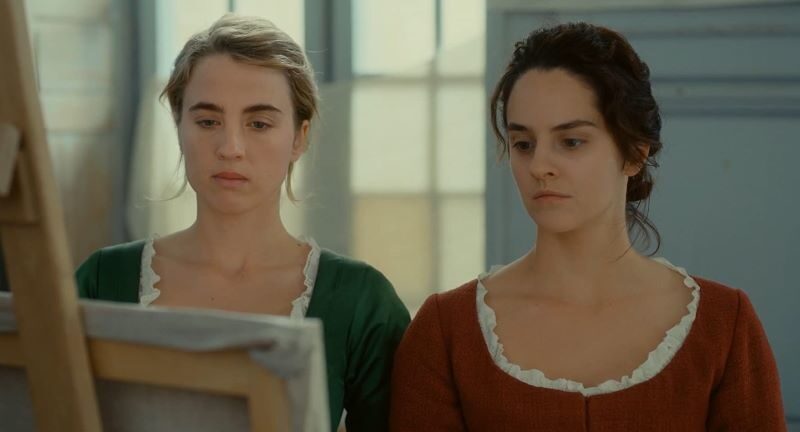During this time of quarantine, many of us have taken the opportunity to delve deep into the art of cinematography. Portrait of a Lady on Fire, a story of finding freedom and meaning within the bounds of one’s house and the neighboring, barren coastline, may be particularly compelling as we all adjust to the new confines of our lives. The first scene introduces the viewer to the intense sensory overflow in this movie as the gentle sound of charcoal traces out curves on a blank canvas and dominates one’s attention. Little by little, as with everything in this film, an art class in 18th century France is revealed, taught by Marianne, a painter played by Noémie Merlant. Marianne is provoked by a painting from her past that portrays the film’s namesake: the lady on fire. It is then that the film takes a step back in time to introduce the young woman ‘on fire’ in the portrait: Héloïse, played by Adèle Haenel. Héloïse is opposed to her upcoming arranged marriage, but must send a wedding portrait of herself to the gentleman. A younger Marianne must paint Héloïse’s portrait in secret as Héloïse refuses to pose for a painter. Marianne acts as a companion for Héloïse’s daily walks on the coastal cliffs, cliffs that serve as a haunting reminder of Héloïse’s sister’s recent suicide from similar heights. The plot thickens as the two develop feelings for each other while they explore the remaining days of Héloïse as a free woman before she is wed.
Adèle Haenel and Noémie Merlant in Portrait of a Lady on Fire, directed by Céline Sciamma
It is a spectacular journey that relies upon every detail’s precise intention, with the use of audio particularly standing out for its vivid texture, adding to the intriguing plot to create a strikingly artful film. While I have to rely on subtitles to experience the film, the sound design speaks more than any dialogue. The loud rustling of their dresses as they walk silently emphasizes the initial unfamiliarity and unease between the two women. The loud crashing of the waves during an emotionally charged, wordless moment between Héloïse and Marianne helps the viewer experience the crashing in their chests as their hearts beat faster while they stare into each other’s eyes. The concise dialogue is also paramount in generating such emotional scenes. The first vocal exchange between the two women is during their first trip outside, after Marianne learns about the recent loss of Héloïse’s sister. Héloïse charges for the edge of the cliff, stopping abruptly at the edge before saying, “Dreamt of that for years.” Marianne then asks, “Dying?” Héloïse’s response is a simple word that conveys so much of how she feels about her life. “Running.” This motif of freedom is seen throughout the film, particularly Héloïse’s lack of it. In a particularly witty exchange, Marianne inquires as to whether or not Héloïse can swim. “I don’t know,” Héloïse replies. Marianne tells her, “It’s too dangerous if you don’t.” The symbolism of swimming grows to be a powerful metaphor for the lady living on the coast’s missing freedom. This symbol is juxtaposed with the imagery of flames; seen in fireplaces, bonfires, and a bounty of candles. The rest of the thoughtful symbology throughout the film adds thought-provoking depth to this gradual journey. The viewer is given time to digest the layered dialogue and engage fully with the world Héloïse is trapped in.
Adèle Haenel and Noémie Merlant in Portrait of a Lady on Fire, directed by Céline Sciamma

